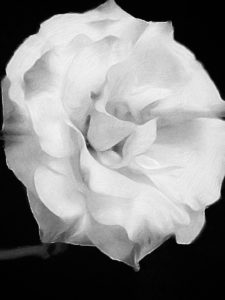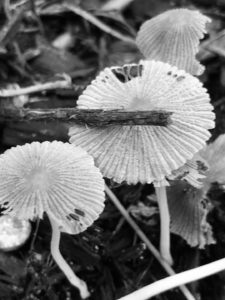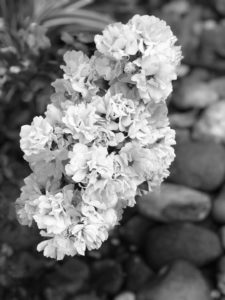
Look for high contrast when taking black and white pictures
We immediately associate flowers with color; reds, yellows, whites and every color of an artist’s palette. The colors and delicate structures of flowers become natural photographic subjects for anyone interested in the beauty of nature. We try to establish a mood in our pictures of flowers; when we are successful in creating a sense of warmth, love or joy, it is usually through color.
Having commented on the importance of color in flower photography, I want to make a dramatic suggestion. Consider taking pictures of flowers in black and white. For any black and white pictures, you need to have high contrast between your subject and other objects or the background in the frame. It’s no different with flowers. Use black and white when it’s important to emphasize line, structure or form. Convert color pictures to black and white to eliminate distractions in your photo and direct the viewer’s attention to the primary subject in the picture.
It’s easy to take black and white photos if you are a smart phone user. In the iPhone, and I’m sure the Android as well, there are filters you can use that allow your native camera to take black and white pictures without any other edits. If you use a traditional camera, I’m sure there are filters you can buy or editing programs you can use to convert your color shots to black and white.
Black and white photography can create a delicacy and interest in your picture that captures the viewer’s attention. People are accustomed to seeing pictures of flowers in color, less so in black and white. For the dramatic impact black and white pictures have on a viewer, it is worth adding this technique to your photography skills.
Grab your phones and cameras and start looking for those special images that can be shot in black and white. You won’t regret it.

Garden Mushroom

Cluster of flowers in black and white
You can find the previous blogs on photographing flowers by going to the MCMGA Blog link and checking the archives for August-October.
Written by Cliff Blackerby, July, 2019.